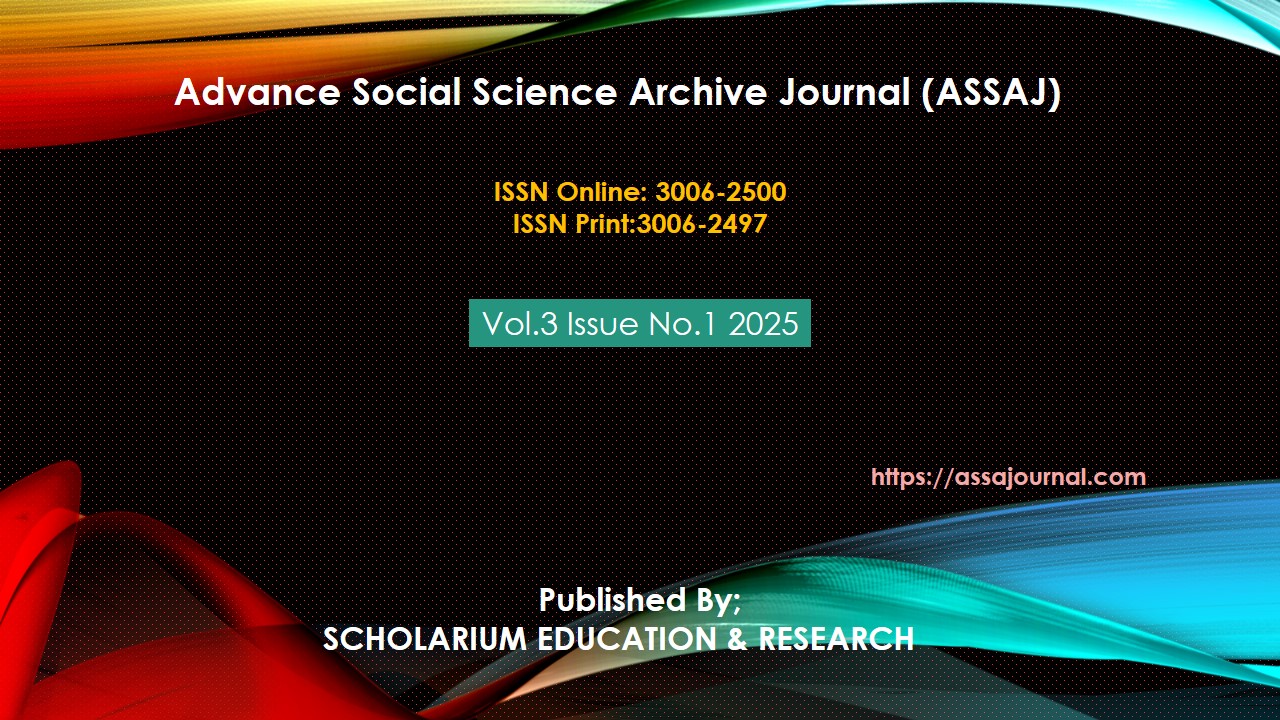YOUTH RADICALIZATION IN PAKISTAN: CAUSES, TRENDS, AND COUNTER-STRATEGIES
Abstract
Youth radicalization in Pakistan has emerged as a pressing concern, with a significant portion of the country's young population being vulnerable to extremist ideologies. This study explores the causes, trends, and counter-strategies related to youth radicalization, focusing on socio-economic, political, and ideological factors that contribute to this phenomenon. Poverty, lack of education, unemployment, and exposure to extremist propaganda are identified as key drivers of radicalization among Pakistani youth. The paper also examines the role of social media and religious institutions in spreading extremist narratives, as well as the impact of regional conflicts and geopolitical dynamics on youth perceptions. Furthermore, it evaluates existing counter-radicalization strategies, including deradicalization programs, community engagement initiatives, and educational reforms, while highlighting their limitations and successes. The study concludes with recommendations for a multi-faceted approach to counter youth radicalization, emphasizing the need for inclusive economic policies, improved education systems, and stronger community-based interventions to address the root causes of extremism and foster resilience among young people.
Keywords: Youth Radicalization, Pakistan, Extremism, Counter-Radicalization, Socio-Economic Factors, Ideological Propaganda, Deradicalization Programs, Community Engagement, Education Reforms, Geopolitical Influences





